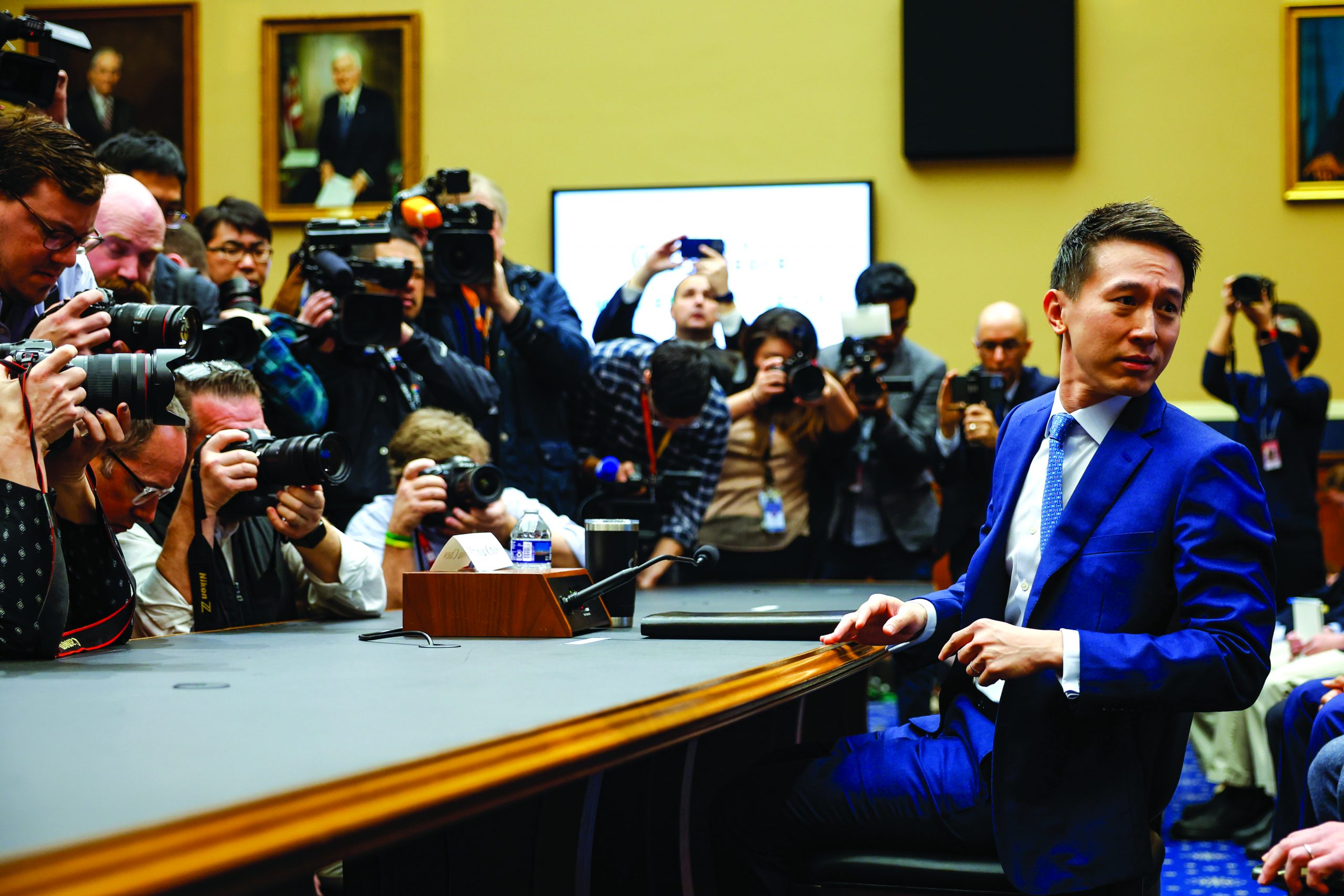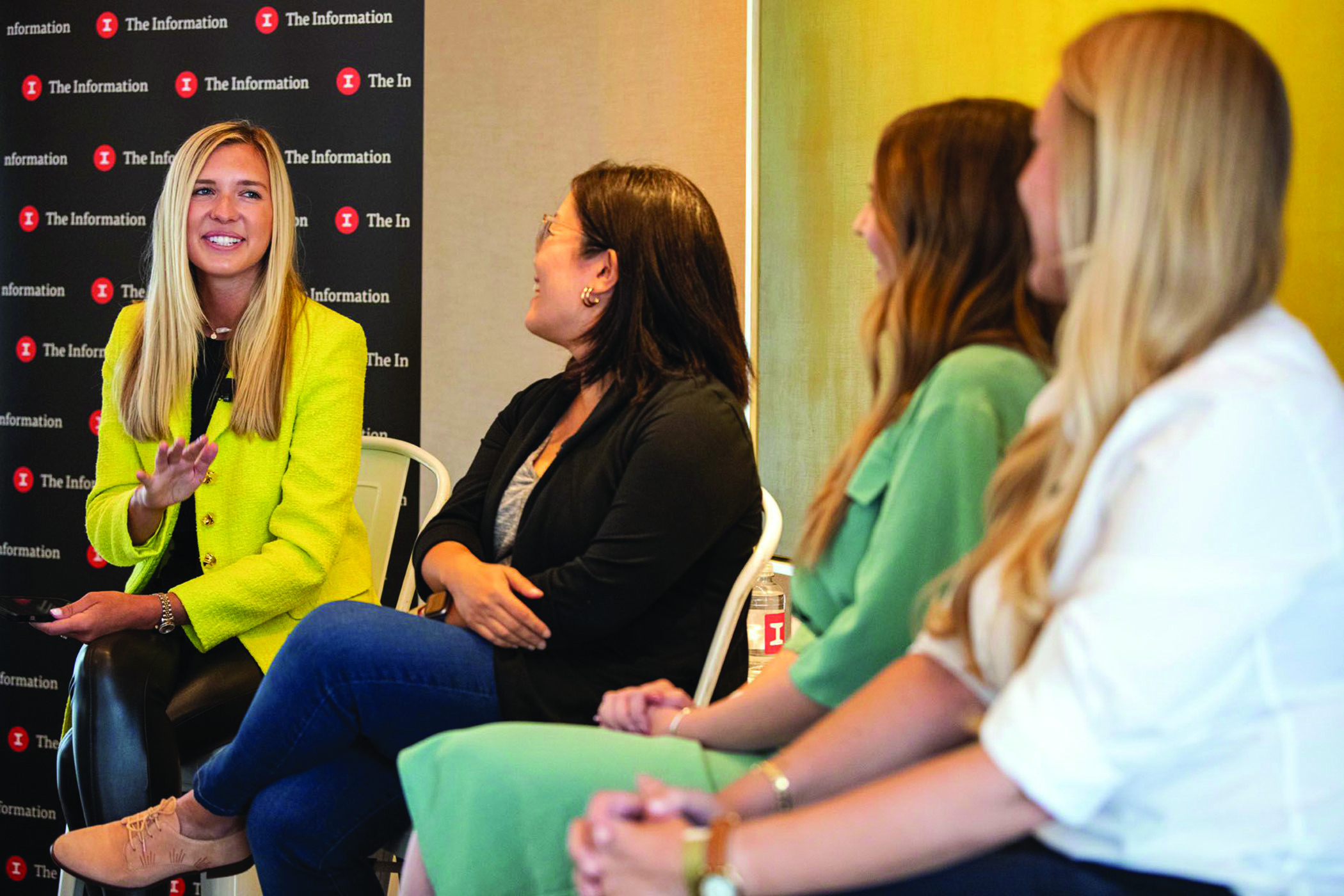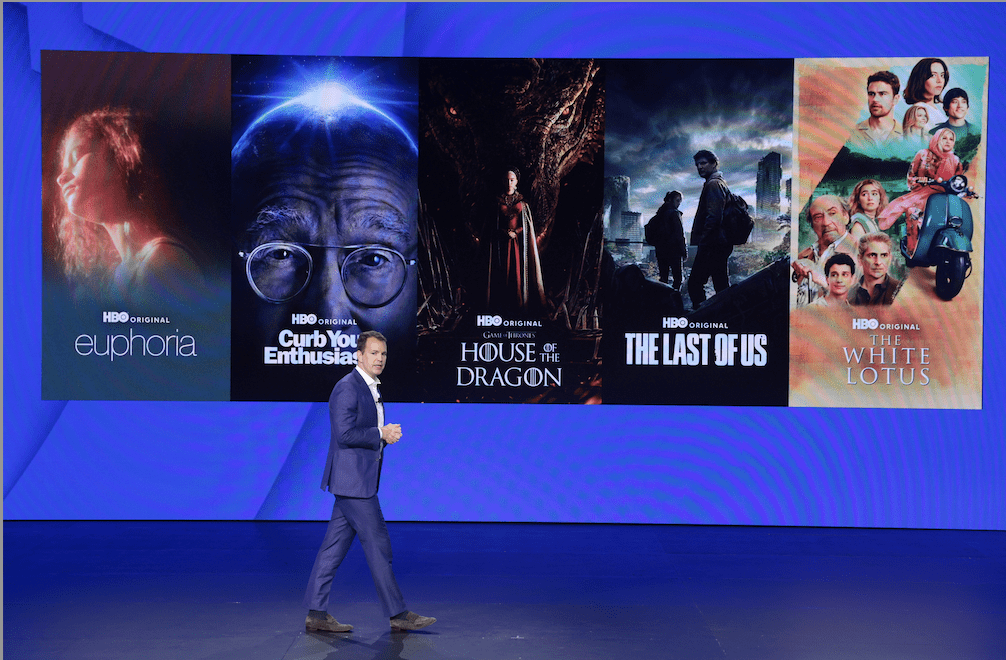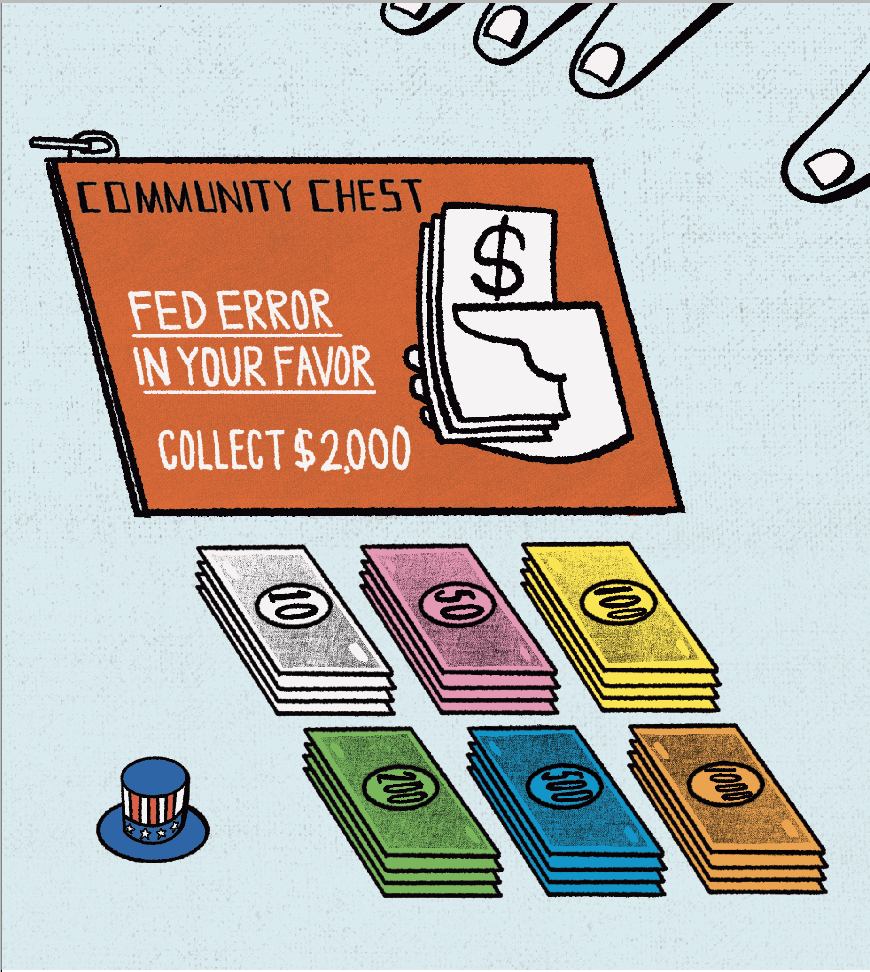Customer Lifetime Value
To understand a company, get to know its clientele
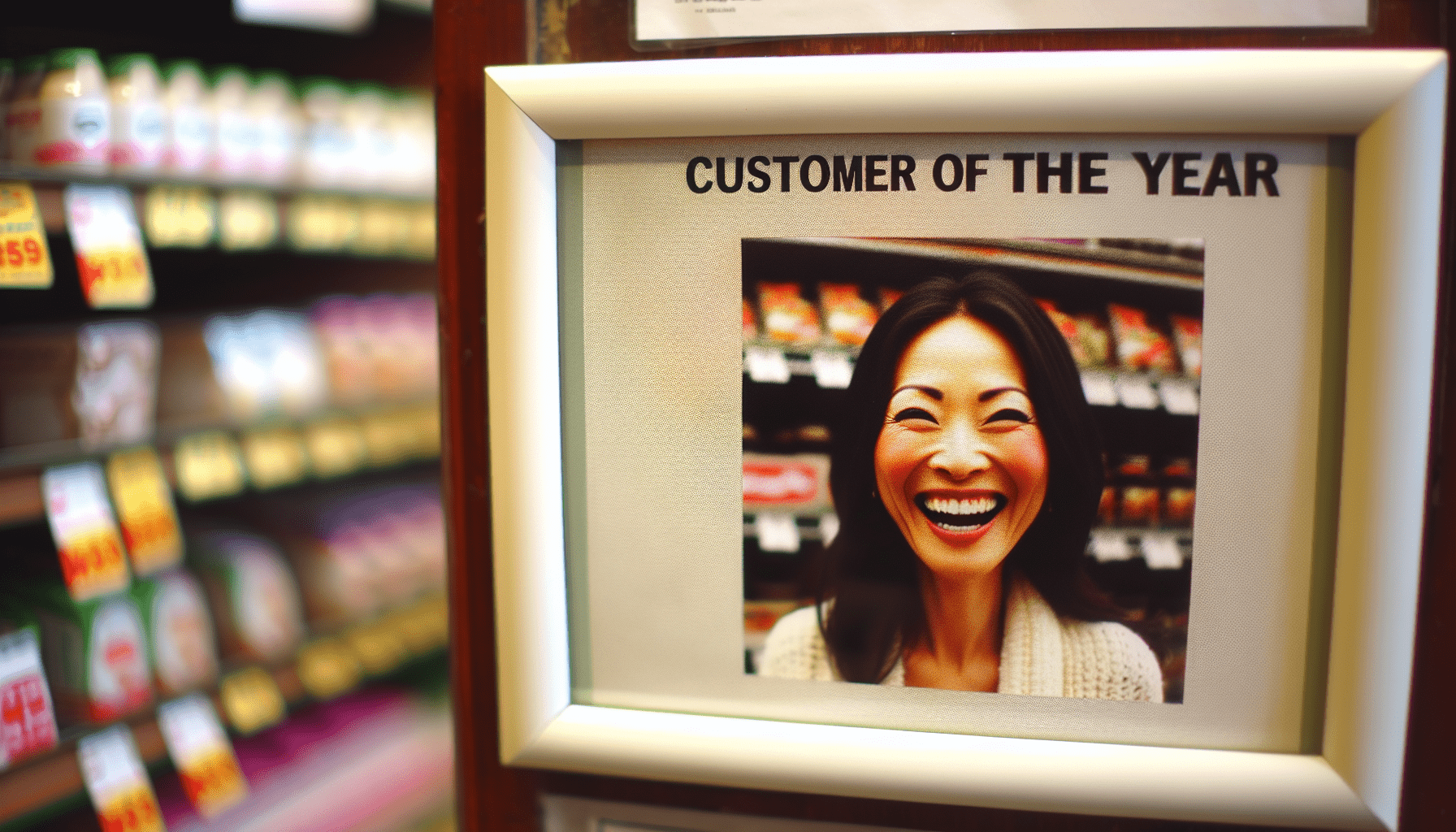
CLV Oversimplified
Customer lifetime value (CLV) is defined as how much a company can expect to profit over the years from an individual customer or a group of customers. It’s good to know when contemplating long-term investing.
Determining true CLV requires subtlety, sophistication and one of several mathematical formulas tailored to differing types of businesses. (See sidebar “Figuring Customer Value”).
But it’s interesting to distill the process to its simplest form to grasp what’s at issue. It comes down to three distinct processes: customer acquisition, customer retention and spending.
Here it is as an oversimplified formula:
CLV = Average Purchase Value x Average Purchase Frequency x Average Customer Lifespan
Now, let’s get into the main article on this page to see how much more complicated but valuable CLV can become.
The kernel of truth in a century-old cliché can inform the long-term decisions of retail investors, according to both a noted marketer and a noted mathematician.
They’re talking about the adage that says, “The customer is always right.” Versions of it have been attributed to several pioneering retailers, and it appeared in print as early as 1905.
But it’s as timely as ever, says Peter Fader, a professor of marketing at The Wharton School of the University of Pennsylvania.
Fader has developed formulas for calculating customer lifetime value (CLV) for six distinct types of companies and says they predict the long-term direction of stocks correctly at least 95% of the time.
CLV became a thing in the 1990s. It can be understood as the net profit a customer contributes to a company over the long haul. Comparing it to the firm’s cost of acquiring a new customer (CAC) sheds light on where a business is heading.
Value that Wall Street is missing
Fader uses public information to apply the appropriate CLV formula to a company and says he discovers startling hidden trends.
“We’re sometimes seeing value that Wall Street is missing because they’re not looking at the customer,” he says, “or we’re being able to call BS on companies Wall Street loves that are just a great big smokescreen.”
Fader cites Wayfair (W) as an example of a company with “nothing there” that somehow manages to infatuate investors. He drew his negative conclusions about the online furniture and home goods retailer after analyzing its CLV six times. Wayfair did not respond to a request for comment.
Fader could confine analyses like the Wayfair studies to the halls of academia but instead started a consulting company with a former student. His cofounder, Daniel McCarthy, is now a professor of marketing at Emory University’s Goizueta School of Business.
Taking it to the streets
The pair sold their first consumer analytics firm to Nike in 2018. Now, they operate a consulting company called Theta, but Fader emphasized that he and McCarthy are academics, so much of their work on CLV resides in the public domain.
While Fader brings marketing expertise to the enterprise, McCarthy views CLV from an investment point of view.
“I just found I really enjoyed the problem of predicting what customers will do in the future,” McCarthy says. “Statisticians will focus on anything prediction related.”
At Theta, Fader and McCarthy study CLV for clients that include mid-sized private equity firms on the diligence side, investment banks on the exit side and corporations where management is seeking fresh marketing angles or simply wants to understand which customers are most valuable.
Theta gets involved with shareholder lawsuits, performs background checks on acquisition targets and advises standards boards on what types of CLV metrics should be available to the public.
So far, the giant private equity players have yet to sign on with Theta. “None of them ever push back, and none of them ever say it’s a dumb idea,” Fader says of his discussions with those companies. “But they just feel their own internal diligence process is good enough.”
Big players aside, let’s look at how Theta operates.
The quest for data
It’s easier to study CLV at some companies than others, depending upon how much data is available, McCarthy notes. Businesses in some sectors compile and share lots of data and those in other sectors don’t. Software as a service (SaaS), for example, is brimming with data.
CLV awareness varies from one sector to another, Fader says, noting that everybody in the gaming industry delves into it deeply while credit unions ignore it even though it’s just as applicable to their businesses.
But Theta specializes in studying retailers, e-commerce sites and subscription businesses, so the company knows where to look for intel in those sectors.
For Luckbox, however, the question is: Should readers who are retail investors use CLV to evaluate companies?
“They can and should,” says Fader. “Individuals who are looking for an angle that the big boys are missing could actually gain a lot through this alternative perspective.”
McCarthy agrees, saying, “Yeah, we run these analyses on public companies and any retail investor can use them.”
Getting started in CLV
The public can get a taste of what’s possible by reading Fader’s study of DISH Network (DISH) and SiriusXM (SIRI) on the Social Science Research Network website. He says it’s been downloaded 30,000 times—more than any other quantitative marketing paper in history.
“So, you get the impression it’s not a bunch of marketing professors who are doing it,” Faders says about the number of downloads. “It’s probably investors looking for some alpha.”
The CLV math is laid out in the paper, and time has proven its worth. Eight years after publication, Sirius stock is up, and Dish stock was down when the EchoStar (SATS) bought the company at the end of last year. Fader got the direction right both times.
Reviewing the elements that come together to calculate CLV in that paper and elsewhere, McCarthy cites the amount spent and the contribution to profit as easier to pin down than retention rate over time and frequency of purchases.
One fact the analysis reveals is that most customers just aren’t worth that much to a company.
“For every person who is a loyal repeat buyer for 20 years, you’ll probably have five who are not,” McCarthy says, noting that it is but one example of the complexity involved.
A hypothetical case
To illustrate the type of hidden weakness CLV can uncover, McCarthy provides the example of a company with a history of customer loyalty that raises a big round of funding and dumps lots of cash into customer acquisition.
That drives up the CAC (customer acquisition cost) but lowers the CLV. Meanwhile, the established customers remain valuable so the company’s newly devalued position may not show up in financial reports, he notes.
In terms of hidden opportunities, a company that’s spending $100 to obtain a customer who spends $600, would be “nuts” not to spend $150 on CAC and gain a lot more customers, McCarthy says. Besides boosting revenue, which would weaken competitors by luring away their patrons, he adds.
Some of the duo’s former students conduct similar studies of companies. Other investors have adopted the formulas or have begun to consider CLV as a factor but view it less formally.
Still, it’s difficult to guess the number of converts to CLV, McCarthy says.
“People do like to keep their cards pretty close to the chest,” he maintains. “You won’t make a big deal out of it because then other people might start doing it more and take away from what you were doing.”
Secrecy aside, investors can begin a CLV journey by determining what data is available for the company that interests them. Securities and Exchange Commission filings and quarterly earnings reports are among the first places to look. Third-party data sets, like credit card information, can inform the analysis. Before an initial public offering of stock (IPO), companies sometimes publish a customer cohort chart or share other valuable CLV-related information.
Some companies disclose a lot of the information necessary to figure CLV, while others share almost nothing. But awareness of CLV always has value.
“If there’s no data then you can have this [CLV] way of thinking about the world—but you just wouldn’t be able to build a model,” McCarthy says.
Then how can the public deal with CLV? Let’s look at how students from Fader’s and McCarthy’s classes are faring.
Applying CLV theory
Former students using CLV to understand investment opportunities include Steven Ripplinger, who used the formulas to interpret disclosures provided by Chewy (CHWY), an online pet products provider, to calibrate one of these models.
“He laid it all out there,” McCarthy says of Ripplinger. “It was quite a nice example. We weren’t involved at all—he did it all himself.”
Ripplinger, who works for an AI startup and lives in Sunnyvale, California, finished his MBA at Wharton in 2019 and went out into the world still fascinated with what he calls Fader’s “pretty legendary” class.
“The technical methodologies and ways to model customer behavior just resonated so well with me that I spent a couple of months after graduation just diving deep into how to actually implement this,” Ripplinger says of the formulas.
Last year, he analyzed HubSpot (HUBS), a marketing software developer and marketer that had a $17 billion market cap at the time. He treated its sales and marketing as a capital expenditure instead of as an expense on the income statement. That more closely approximates the value of a customer base vs. the way accounting standards say a company’s income statement and profitability should be.
So, instead of accepting the negative 4% loss on earnings before interest and taxes, or EBIT—the figure most analysts were parroting—Ripplinger was seeing a positive 16% gain. “The underlying business is actually much stronger than most people and most analysts would conclude,” he maintains.
In another example, Ripplinger studied Backblaze (BLZE), a cloud storage and backup company that had an IPO in 2021 that valued the company at $600 million, or $16 per share. But the CLV of their clientele added up to just $370 million, and they were adding only $40 million in CLV annually, which meant it would never reach its market cap. Today, the stock trades at about $9 per share.
“It’s still an OK company—it’s just that the valuation never made sense,” he says of Backblaze.
So, the analysis is valuable. But can most of us do it? Let’s ask Ripplinger.
“You don’t have to necessarily be able to apply this technical modeling of the underlying customer behavior like Peter Fader and Dan McCarthy do,” he replies. “If you approach things with this customer-centric mindset and understand the processes of acquisition and retention and spend, then you can go a long way to better understanding of the true economic picture of a company.”
And how else can this awareness help us?
Another application of CLV
Another former Wharton student, Fernando Pereda, CFA, works as a development officer for the World Bank’s International Finance Corp. He applies the formulas on the job when enough information’s available.
The models help determine whether companies qualify for funds by meeting the organization’s twin goals of reducing poverty and boosting prosperity, Pereda says. Even when there’s not enough data to apply the formulas, awareness of CLV helps guide the decision process, he notes.
“It changes the way you see these investments and the way you approach problems,” Pereda continues. “It has the ability to change a really dry, complex topic into something really approachable.”
A Key to Corporate Health
A certain ratio can tell investors a lot about a company’s long-term health.
It’s a good sign when the cost of obtaining a customer is low and the amount of money that customer spends with the company is high.
Here’s an example: If a retailer spends $100 to acquire a customer who buys $600 worth of goods or services from the company, the stock price should rise over the years, according to experts in customer lifetime value or CLV.
That 6:1 ratio is strong. The average might be more like 3:1, they say.
In any case, CLV mavens caution investors to look at more than one metric in a complicated world.
Figuring Customer Value
Students at The Wharton School of the University of Pennsylvania learn six formulas for calculating customer lifetime value, or CLV. It’s the net profit companies can expect to earn from customers they retain from cradle to grave.
Some of the formulas tossed around elsewhere don’t sit well with Peter Fader, a Wharton professor. Luckbox showed him one and got a spirited reaction.
“Not only is it inaccurate, but it’s grossly biased because it doesn’t take into account the heterogeneity among customers,” Fader said.“Itwill systematically under-predict.”
Here then are the types of businesses addressed at Wharton by way of the six formulas. Former students say the math makes Fader’s class one of the toughest at the renowned business school.
- Pure single-service contractual. Businesses like Slack, Spotify, assorted insurance companies and Beer of the Month Club sell subscriptions to just one thing for pretty much the same price each time. At some point, the customer churns. This is the formula you most often see—not because it’s the most common type of retailer but because it’s the easiest of the formulas.
- Multi-service contractual. This model fits retail banks, telecommunications companies and providers of business services like accounting or human resources. Customers choose from a portfolio of services, adding and dropping them until they drop them all.
- Pure, non-contractual. The most common formula works for retailers, airlines, hotel chains and lots of other businesses. Customers buy things on a discretionary basis, and there’s no contract. Some buy a lot and some just a little. They may go two years without buying it all. Then they quietly drop out because there’s no contract.
- Multi-layer, non-contractual. This one was developed for the gaming industry but also works for pharmaceutical companies and other businesses. It uses a model for how long the clientele engages with the company. Take the example physicians who may or may not take a call from a medical-device sales rep. Then layer on the possibility they buy something if they take the call. The layers can pile up.
- Contractual membership fee with non-contractual, discretionary purchases. Examples include wholesale clubs like Costco, Sam’s and BJ’s. Gyms could fit this model, too, if they charge for membership and add extras.
- Two-sided marketplace. Businesses like Uber and Airbnb generate value both from the suppliers and buyers. Bringing that together requires horrendous math, Fader says, but it’s a common business model.











